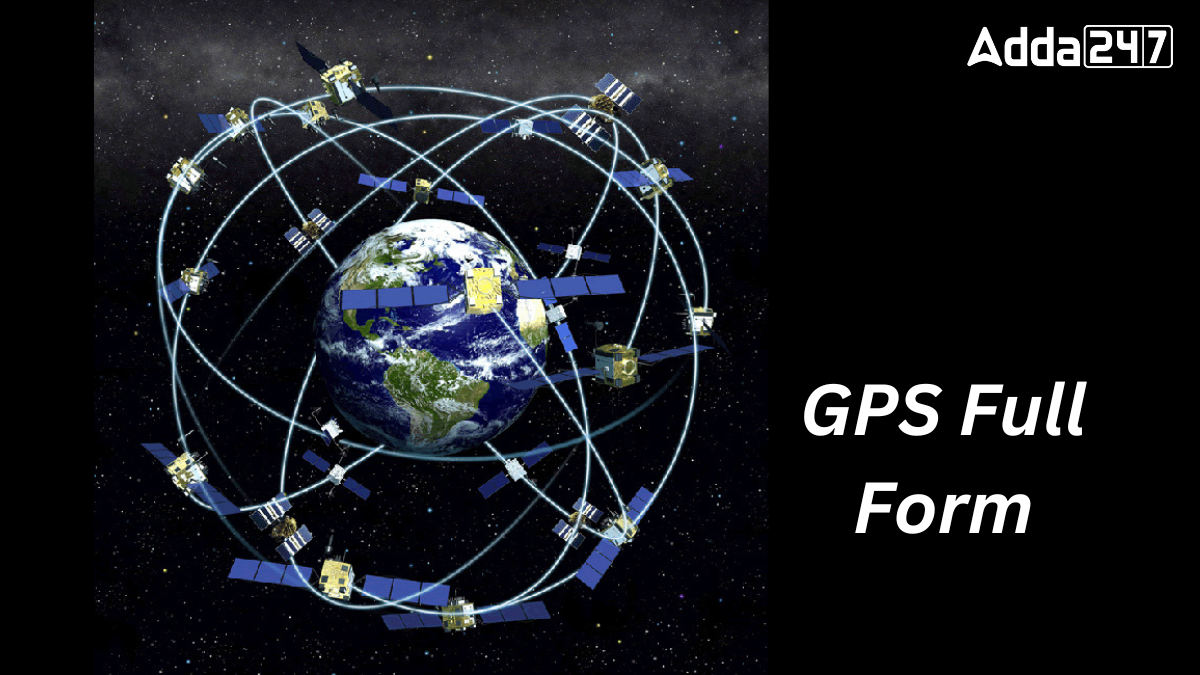The Global Positioning System (GPS) is a satellite-based navigation system that provides time and location information anywhere on or near the Earth. It works in all weather conditions, offering accurate positioning and navigation. Originally developed by the United States Department of Defense, GPS is now maintained by the United States Air Force. In this article, we will explore how GPS works, its history, benefits, and accuracy.
Full Form of GPS
GPS stands for Global Positioning System. It is a space-based satellite navigation system that provides accurate time and location data. This system operates anywhere on Earth where there is a clear line of sight to four or more GPS satellites.
History and Development of GPS
The development of GPS began during World War II when the British created a system called “Tripwire” to help bomber crews determine their location. The United States military saw the potential of this technology and started working on its version, eventually leading to the creation of the Global Positioning System. The first GPS Block II satellites were launched in 1989, marking the system’s official inception.
Parts of GPS
GPS can be divided into three different segments:
- Space Segment: This includes the satellites. There are around 24 satellites distributed in six orbital planes, constantly orbiting the Earth.
- Control Segment: These are stations on Earth developed to maintain and monitor the satellites, ensuring they operate correctly and provide accurate data.
- User Segment: This consists of the users who process the navigation signals received from the GPS satellites to calculate their position and time.
How does GPS Work?
GPS relies on a constellation of 24 satellites orbiting the Earth at an altitude of about 20,000 kilometers. Each satellite continuously broadcasts a signal containing information about its position and the current time. A GPS receiver on the ground picks up signals from multiple satellites. By calculating the time it takes for the signals to reach the receiver, the system can determine the receiver’s exact location, including latitude, longitude, altitude, and speed.
Components of the GPS System
GPS consists of three main components:
- Satellites: These orbit the Earth and emit radio signals.
- Receivers: Devices that pick up signals from the satellites to calculate their position.
- Ground Stations: These monitor and control the satellites, ensuring their accuracy.
Benefits of the GPS
GPS provides numerous benefits that are integral to our daily lives:
- Accurate Location Tracking: GPS offers precise location information, whether you’re navigating a city or tracking your fitness.
- Route Planning: It allows users to map out routes in advance and estimate travel times.
- Safety Features: GPS helps individuals stay connected with loved ones, enhancing safety when traveling.
- Entertainment: GPS is used in activities like geocaching and exploring hiking trails, adding a layer of fun and adventure.
Accuracy of GPS
The accuracy of GPS can vary based on several factors:
- Satellite Position: As satellites move, their positions change, requiring the receiver to predict the satellite’s position.
- Signal Blockage: Buildings, trees, and weather can interfere with signal quality, affecting accuracy.
- Receiver Quality: Higher quality receivers provide more accurate readings.
In general, GPS is accurate to within a few meters. For very precise measurements, differential GPS can be used, which involves two receivers to achieve even greater accuracy.




 Which Glacier is the Source of the Brahm...
Which Glacier is the Source of the Brahm...
 Which City of Germany is Known as the Gr...
Which City of Germany is Known as the Gr...
 Which Peak is Known as the Five Treasure...
Which Peak is Known as the Five Treasure...







